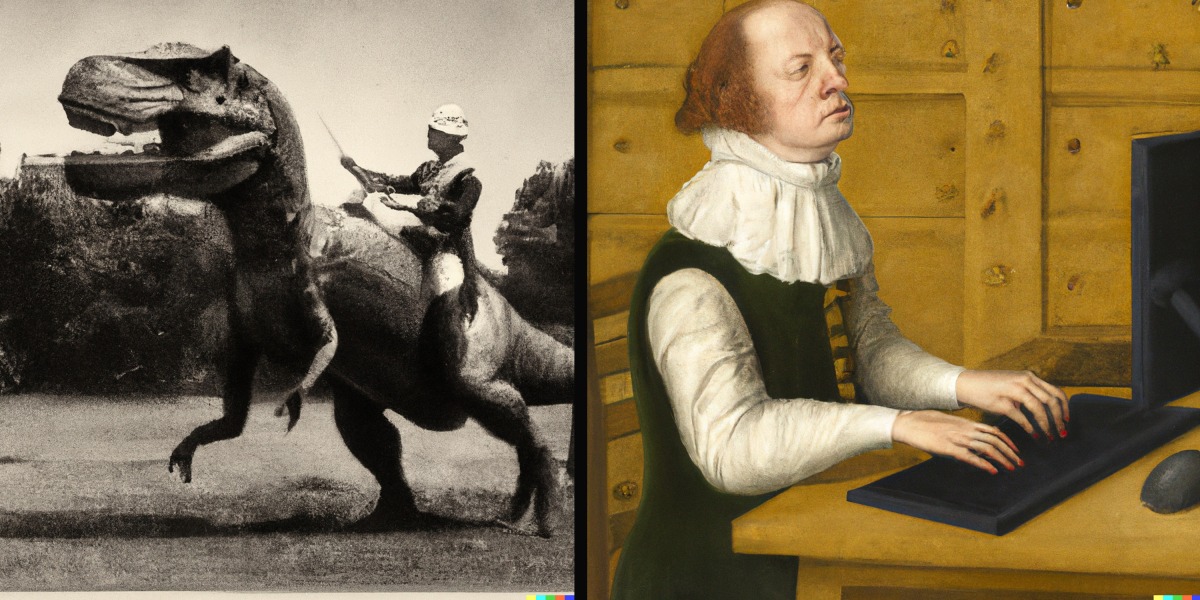
A DALL-E Beta subscription won’t break the bank. $15 buys you 115 credits, with one credit letting you submit a text prompt to the AI, which returns four images at a time. In other words, that’s $15 for 460 images. On top of this, users get 50 free credits in their first month and 15 free credits a month after that. Still, with users typically generating dozens of images at a time and keeping only the best, power users could soon burn through that quota.
In the lead up to this launch, OpenAI has been working with early adopters to troubleshoot the tool. The first wave of users has produced a steady stream of surreal and striking images, from mash-ups of cute animals, to pictures that imitate the style of real photographers with eerie accuracy, to mood boards for restaurants and sneaker designs. This has allowed OpenAI to explore the strengths and weaknesses of its tool. “They’ve been giving us a ton of really great feedback,” says Joanne Jang, product manager at OpenAI.
OpenAI has already taken steps to control what kind of images users can produce. For example, people cannot generate images that show well-known individuals. In preparation for this commercial launch, OpenAI has addressed another serious problem that early users flagged. The version of DALL-E released in April often produced images containing clear gender and racial bias, such as images of CEOs and firefighters who were all white men, and teachers and nurses who were all white women.
On July 18, OpenAI announced a fix. When users ask DALL-E 2 to generate an image that includes a group of people, the AI now draws on a dataset of samples that OpenAI claims is more representative of global diversity. According to its own testing, OpenAI says that users were 12 times more likely to report that DALL-E 2’s output included people of diverse backgrounds.
